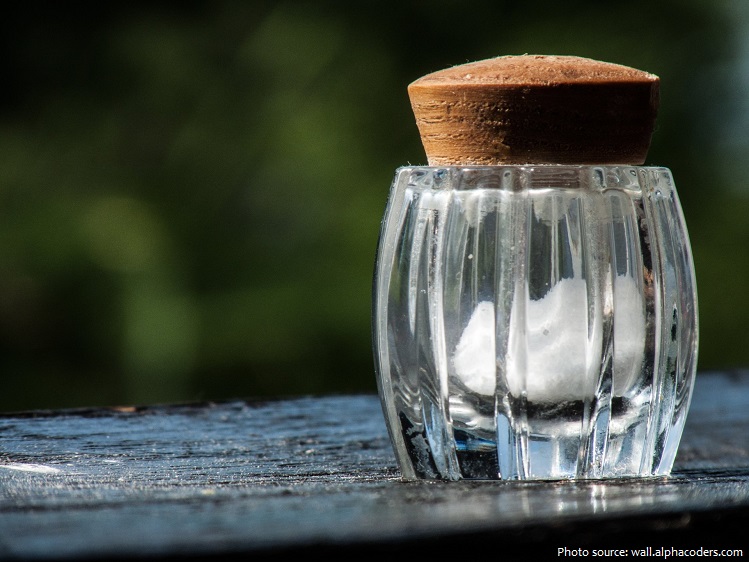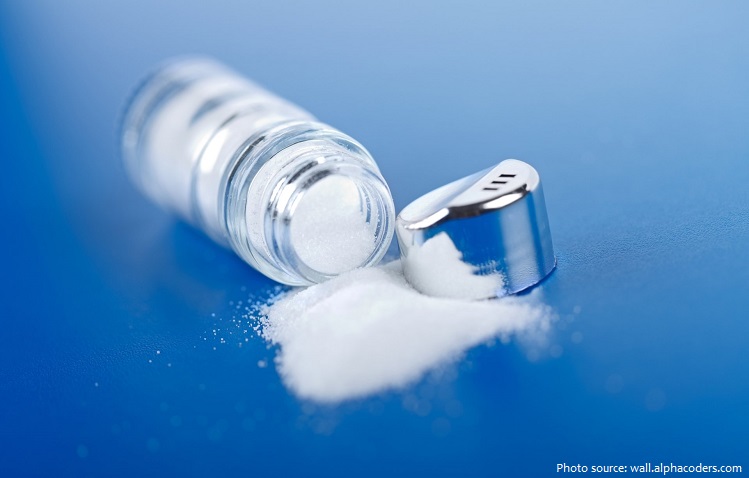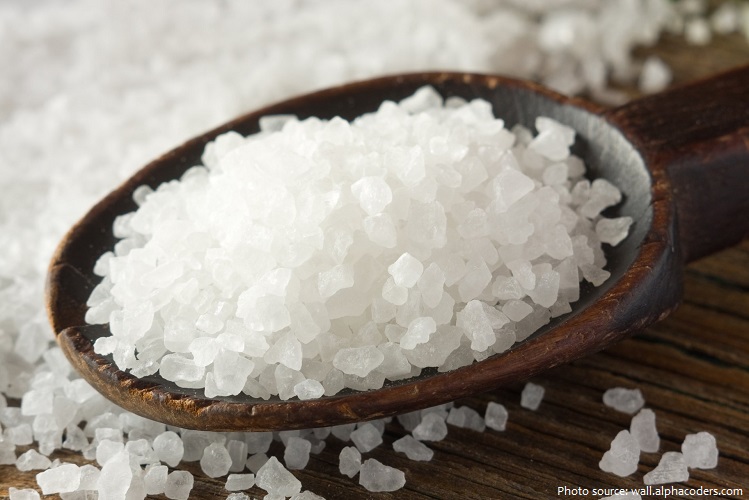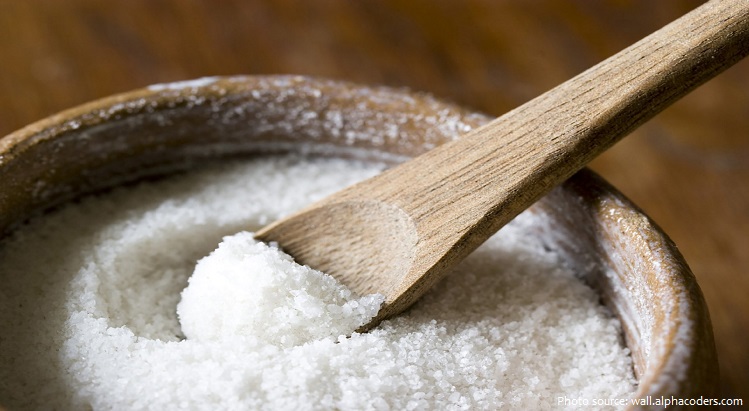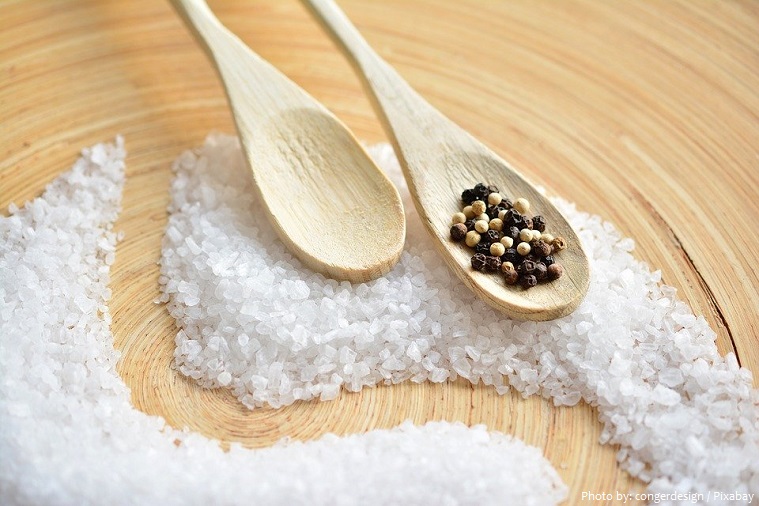Salt is a mineral, composed primarily of sodium chloride, which is commonly eaten by humans.
It is processed from salt mines, and by the evaporation of seawater (sea salt) and mineral-rich spring water in shallow pools.
Salt is one of the oldest, most ubiquitous food seasonings.
It is essential for life in general, and saltiness is one of the five basic human tastes.
The five basic tastes are: sweetness, sourness, saltiness, bitterness, and umami (savory taste).
The salt that we add to food has other effects except making it saltier. Adding salt to food, helps some molecules contained in those foods to be released to the air, helping the aroma of the food to be richer, which is important in our perception of taste.
Salt also has been shown to help suppress the bitter taste. So adding a bit of salt won’t just increase your salty taste perception, but will also decrease your bitter taste perception in any given food (which is why it is often sprinkled on grape fruit, for instance, before eating).
Adding salt to sweet or sour things, while not shown to suppress sweet or sour flavors as with bitter flavors, will help balance out the taste a bit by making the perceived flavor, for instance of sugary candies or lemons, less one dimensional.
Scientifically, salt enhances flavours because it makes the electric double layer around particles and big organic molecules smaller making them more easily bump into each other and more likely to stick to your tongue.
Because salt is indispensable to life, acts as a food preservative, and uniquely flavors foods, humans have been preoccupied with it since the beginning of recorded history.
Some of the earliest evidence of salt processing dates to around 6,000 BC, when people living in the area of present-day Romania boiled spring water to extract salts; a salt-works in China dates to approximately the same period.
Salt was also prized by the ancient Hebrews, the Greeks, the Romans, the Byzantines, the Hittites, Egyptians, and the Indians.
Because many germs cannot live in salt, it has been used to preserve food since the earliest times.
With the spread of civilization, salt became one of the world’s main trading commodities.
Wars have been fought over salt. Venice fought and won a war with Genoa over the product, and it played an important part in the American Revolution.
The voyages of Christopher Columbus are said to have been financed from salt production in southern Spain, and the oppressive salt tax in France was one of the causes of the French Revolution.
The word “salary” comes from the Latin word for salt. The reason for this is unknown; a persistent modern claim that the Roman Legions were sometimes paid in salt is baseless.
The word “salad” literally means “salted”, and comes from the ancient Roman practice of salting leaf vegetables.
Salt was used as a form of currency and had greater value than gold in some ancient societies.
China, the United States, India, Germany, Canada, and Australia are the world’s largest salt producers in the early 21st century.
Of the annual global production of around two hundred million tonnes of salt, about 6% is used for human consumption.
The World Health Organization recommends that adults should consume less than 2,000 mg of sodium, equivalent to 5 grams of salt per day.
The most expensive salt in the world is called Amethyst Bamboo 9x, and it’s prized in Korea. It starts with coarse Korean gray sea salt, which is sealed inside a cylinder of aged bamboo using ceramic-grade clay. The cylinder is then roasted inside a pine wood-fired furnace at temperatures approaching 800 °C (1,500 °F), near the melting point of salt. This process is repeated seven more times, and then it’s roasted again at an even hotter temperature, so the salt melts into what looks like magma. It’s then poured and allowed to harden into crystals. It cost $38.50 for a 1.2-ounce (34 grams) jar.
Salt is present in vast quantities in seawater. The open ocean has about 35 grams (1.2 oz) of solids per liter of sea water, a salinity of 3.5%.
When applied to snow or ice, salt lowers the melting point of the mixture. Thus, large amounts are used in northern climates to help rid thoroughfares of accumulated snow and ice.
Shubatsu is a purification ritual in which salt is sprinkled on priests or worshippers, or on the ground to purify it. One notable use of salt in purification is found in Sumo wrestling when the fighters sprinkle salt around the ring to purify it.
In Britain, the suffix “-wich” in a placename means it was once a source of salt, as in Sandwich and Norwich.

